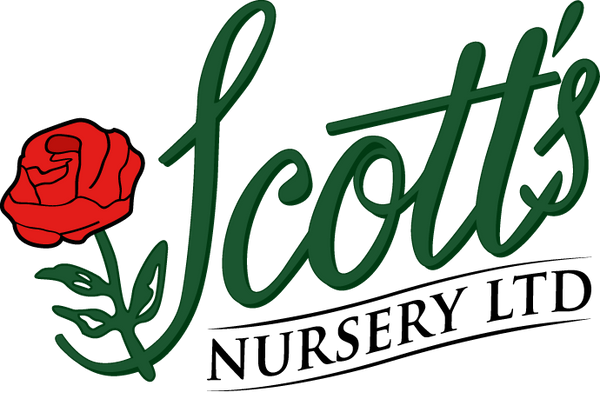Late Summer Pruning in New Brunswick, Canada: A Guide to Promote Healthy Growth and Abundant Harvest
Share


Late summer pruning plays a pivotal role in the overall health and vitality of plants in New Brunswick gardens. Some of the primary benefits of late summer pruning include:
- Encouraging New Growth: By removing dead, damaged, or diseased branches, the plant's energy is redirected towards producing new shoots and leaves, promoting overall growth.
- Enhancing Air Circulation: Pruning helps open up the canopy, allowing better air circulation and reducing the risk of fungal diseases that thrive in humid summer conditions.
- Shaping and Control: Late summer pruning allows gardeners to shape their trees and shrubs, maintaining an aesthetically pleasing and well-balanced landscape.
- Preparing for Winter: Trimming back overgrown branches minimizes the risk of snow and ice damage during the harsh winter months.
- Increased Fruit Production: Certain fruit-bearing trees & shrubs, such as apple & peach trees, can benefit from late summer pruning, resulting in improved fruit production the following year.

While late summer pruning is beneficial for many plants, not all species are ideal candidates for this practice. Some of the most suitable plants for late summer pruning in New Brunswick include:
 Deciduous Trees:
Deciduous Trees:- Maple Trees: Pruning maple trees in late summer helps remove any dead or diseased branches and encourages better sap flow the following spring.
- Oak Trees: Late summer pruning reduces the risk of oak wilt disease transmission, as beetles that spread the disease are less active during this time.
- Birch Trees: Pruning birch trees can be done to remove any dead or weak branches that may be susceptible to winter damage.

- Apple Trees: Late summer pruning of apple trees involves thinning crowded branches to improve airflow and light penetration, which aids in fruit development and reduces disease incidence.
- Peach Trees: Pruning peach trees after harvest helps manage their size and shape, making it easier to cover them with protective netting to deter birds from feasting on ripening fruits.
- Plum Trees: Remove water sprouts and any diseased or damaged branches from plum trees to ensure healthy fruit production.
 Flowering Shrubs:
Flowering Shrubs:- Rose Bushes: Late summer pruning of roses involves deadheading spent blooms and cutting back the stems by about one-third to encourage new growth and potential fall blossoms.
- Hydrangeas: Different hydrangea varieties require varying pruning approaches. For Bigleaf Hydrangeas (Hydrangea macrophylla), avoid late summer pruning since they bloom on old wood. However, you can deadhead spent blooms to improve the plant's appearance.

- Spruce Trees: Late summer pruning of spruce trees should be limited to the removal of dead, diseased, or damaged branches, as excessive pruning can result in unsightly brown patches.
- Juniper Shrubs: Lightly prune overgrown or damaged branches to maintain the shape of juniper shrubs while avoiding extensive cuts.

To ensure the best results and avoid unnecessary stress on plants, gardeners in New Brunswick should follow proper pruning techniques. Here are some guidelines:
The Three Ds: During late summer pruning, always focus on removing branches that fall under the "Three Ds" rule: Dead, Diseased, and Damaged. These branches not only detract from the plant's appearance but also serve as entry points for pests and diseases.
Proper Cuts: When making pruning cuts, use clean and sharp tools to ensure clean cuts and minimize damage to the plant. For smaller branches, use hand pruners, while loppers or pruning saws are suitable for larger branches.
Thinning vs. Heading Cuts: For most plants, opt for thinning cuts, which involve removing entire branches back to the main trunk or lateral branch. Avoid heading cuts that leave stubs, as they can lead to weak growth and susceptibility to disease.


